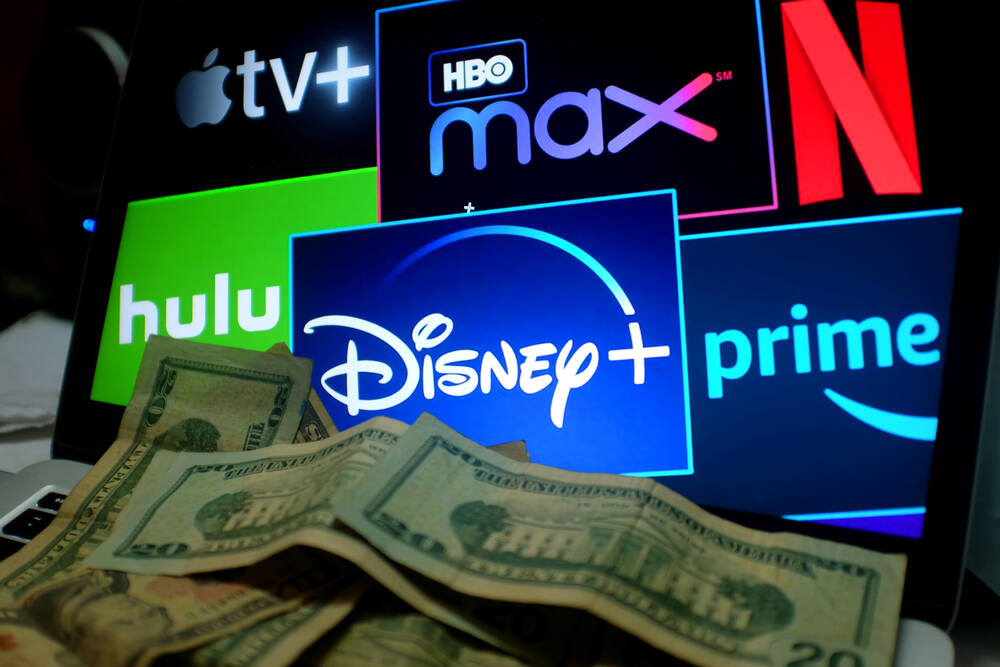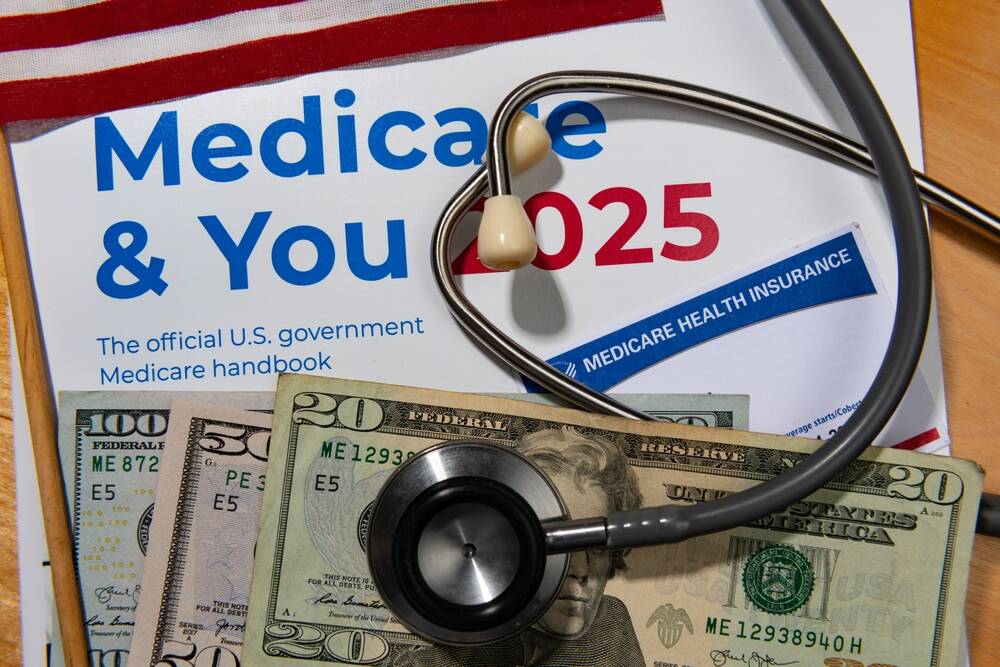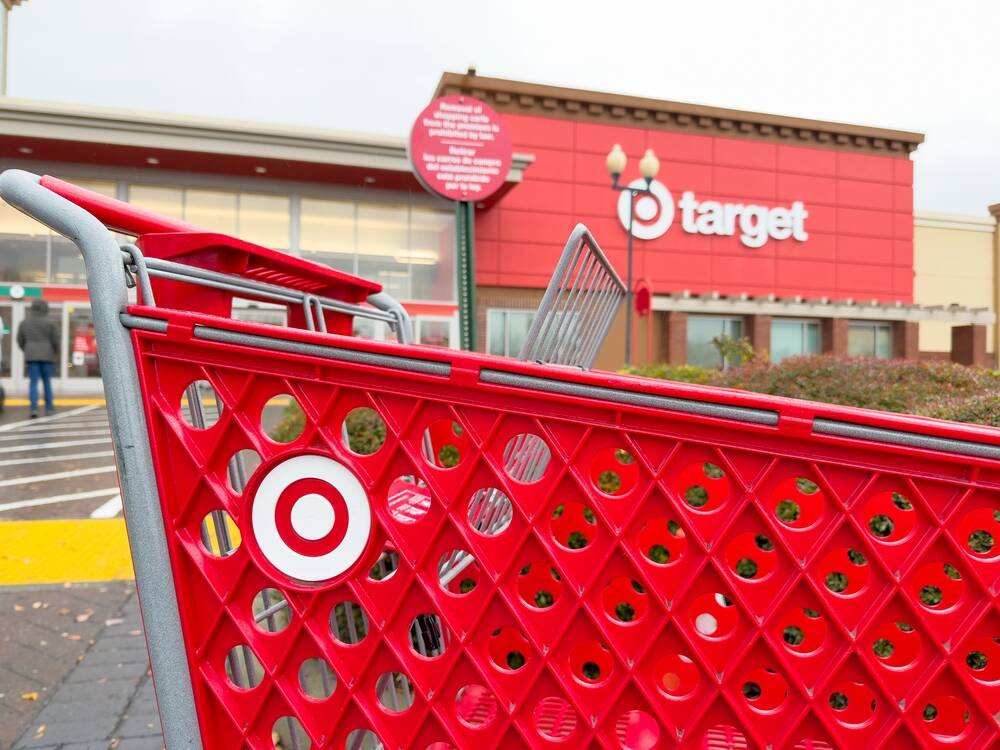Learn about some of the most significant household costs that will rise this year!
Inflation isn’t nearly the problem it was a year or two ago. Yet, consumers all around the US will still have to brace for some ballooning bills this year. The overall annual inflation rate sits at 2.7% right now, according to the most recent Consumer Price Index report.
That’s only a bit higher than the long-term target of 2%. But, if you plan on buying home insurance, plane tickets, or certain grocery items, you could face some significant price increases.
Prices on those services and goods are likely to climb regardless of what the incoming Trump administration does about those pesky tariffs, which experts predict could separately cause price hikes on everything from kitchen appliances to cars. So on that note, here are 8 household costs that are getting more expensive this year!

Household cost: Streaming services
The prices for some major streaming services will increase in 2025. One example: On January 15th, the base cost for YouTube TV’s digital TV streaming will go up from $72.99 per month to $82.99 monthly. Wall Street analysts are also anticipating a possible Netflix price increase later in the year.
Household cost: Travel
Prices for airline tickets are challenging to predict due to volatile factors like the cost of fuel, though some experts think that more expensive fares are coming our way this year.
For instance, a flight deal site called Going.com predicts “somewhat higher fares a year from now,” citing “airlines slowing flight capacity and budget airlines struggling.”
The American Express Global Travel Group also predicts a 2.8% increase in prices for economy flights within North America due to “ongoing labor disputes and pilot shortages” in a November report.
Household cost: Home Insurance
The cost of home insurance will also most likely increase again this year. But there IS a silver lining to this mess:
Premiums aren’t expected to increase as much as they did over the past couple of years, according to Matic, an insurance company. The average cost of a new policy is around $1,860, which is up from $1,470 in the first half of 2023.
Household cost: Coffee
If you’re anything like us, you probably run on coffee! If so, we’ve got some bad news for you: Prices soared in November and December after some horrible drought conditions hit Brazil, the largest exporter of coffee.
So, future prices for Arabica beans, which are grown in Central and South America, have reached a record high in the past month. The recent drought, which was followed by lots of heavy rain in the impacted region of Brazil, is the latest in a line of climate problems that have led to higher prices, along with raised global demand.
So maybe it’s type to shop around for the best deals. Here’s one of OUR favorites from Amazon: The 32 oz Cameron’s Coffee Roasted Ground Coffee Bag, Breakfast Blend
Household cost: Eggs
The cost of eggs has risen more than any other item in the past year, bouncing a mind-boggling 37.5%, according to CPI data. In California, the average price of an egg carton rose to $9 in December, with the bird flu outbreak largely to blame.
Anyone who’s gone to the egg section in a supermarket recently can see the issue is ongoing, and an additional double-digit growth in egg prices could come later this year, according to the US Department of Agriculture.
Prices won’t steady until the supply is fixed, though officials say production likely won’t rebound until the second half of the year.

Household cost: Meat
Prices on beef soared to record highs in the fall months and remain just below those levels, according to US Bureau of Labor Statistics data. Cattle costs have inflated due to lower supply: In fact, inventory hasn’t been this low in quite a few decades.
The USDA’s food price outlook predicts inflation of 3.8% this year for the veal and beef index. According to the department’s perspective, cattle prices will continue to soar this year because of low production.
Consumers have also been seeing rising prices for pork items, according to CPI data. Ham prices increased 3.9% between October and November, while pork chop prices rose 3.6%.
Household cost: Rolex watches
You probably wouldn’t have guessed that you’d see this item on our list. But the truth is that Rolex raised its suggested prices by an average of almost 5% for this year and some Rolex watches, like the Daytona that comes in yellow gold, had price increases of up to 14%.
It’s not just the Rolex brand, though. Watch prices have soared across the board in the past year, with the CPI showing a 7.4% growth from November 2023 to November 2024. Record-high gold prices are one of the reasons shoppers are seeing more expensive prices in stores.
However, the used luxury watch market has gone in the opposite direction, with one index showing that prices are down by 5.6% in the past year.
Household cost: Healthcare
If you stop to add up the cost of doctor co-pays, prescription drugs, and health insurance premiums into your budget, you might notice an increase this year.
So, Brainy Savings has created a quick list of some tips and tricks to keep your household costs as low as possible. Continue reading below:
Take advantage of subsidies
The Obama Administration increased subsidies to compensate for high healthcare costs and boost affordability for more of the American public. And the truth is that more than 90% of ACA health plan enrollees qualify for subsidies.
That means that you could end up saving approximately $800 per year, on average, according to a ValuePenguin.com study. As of 2024, 80% of people enrolled in the ACA marketplace can receive health insurance coverage at just $10 per month or less after subsidies.
Be aware, though, that these healthcare premium subsidies expire after 2025. So, watch for any potential policy changes under the incoming Trump administration that could affect pricing.
ALWAYS comparison-shop healthcare plans
The same way you would shop around for the best possible price on a home renovation or new car, you should also compare health care plans and prices. If you’re shopping on the marketplace, you’ll usually get at least three options for which plans to choose.
But don’t just go for the most affordable choice because you’re considering household costs. You should REALLY read through everything and compare the plans. Put them side by side to see what level of coverage they can provide you with.
And if you’re not sure if a plan covers your current roster of medications or doctors, pick up the phone and call the insurer to ask them.

Include healthcare on your budgeting calendar
Sticking to a budget is the secret to weathering this storm. No matter how much you earn or what your net worth is, it always comes down to one word: BUDGETING!
So, understanding what your and your family’s health expenses will be is tremendously valuable in deciding which plan you should choose and how you can budget for it.
Keep costs as low as possible with preventive care
Annual wellness visits with your physician can help you stay healthy. They’re also a way to recognize serious potential health problems early on and avoid larger household costs later.
Many things can be done that cost a little bit now but can help prevent or diagnose something down the line that could be significantly more expensive.
So what are YOUR thoughts on these increasing household costs? Let us know in the comments below. And if you found this article helpful, we recommend also checking out: A Credit Score’s Impact on Retirement…and 5 Ways to Keep It High








